Welcome to the Street Prophets Coffee Hour cleverly hidden at the intersection of religion and politics. This is an open thread where we can share our thoughts and comments about the day. We’re going to start with a quick visit to ancient Ireland.
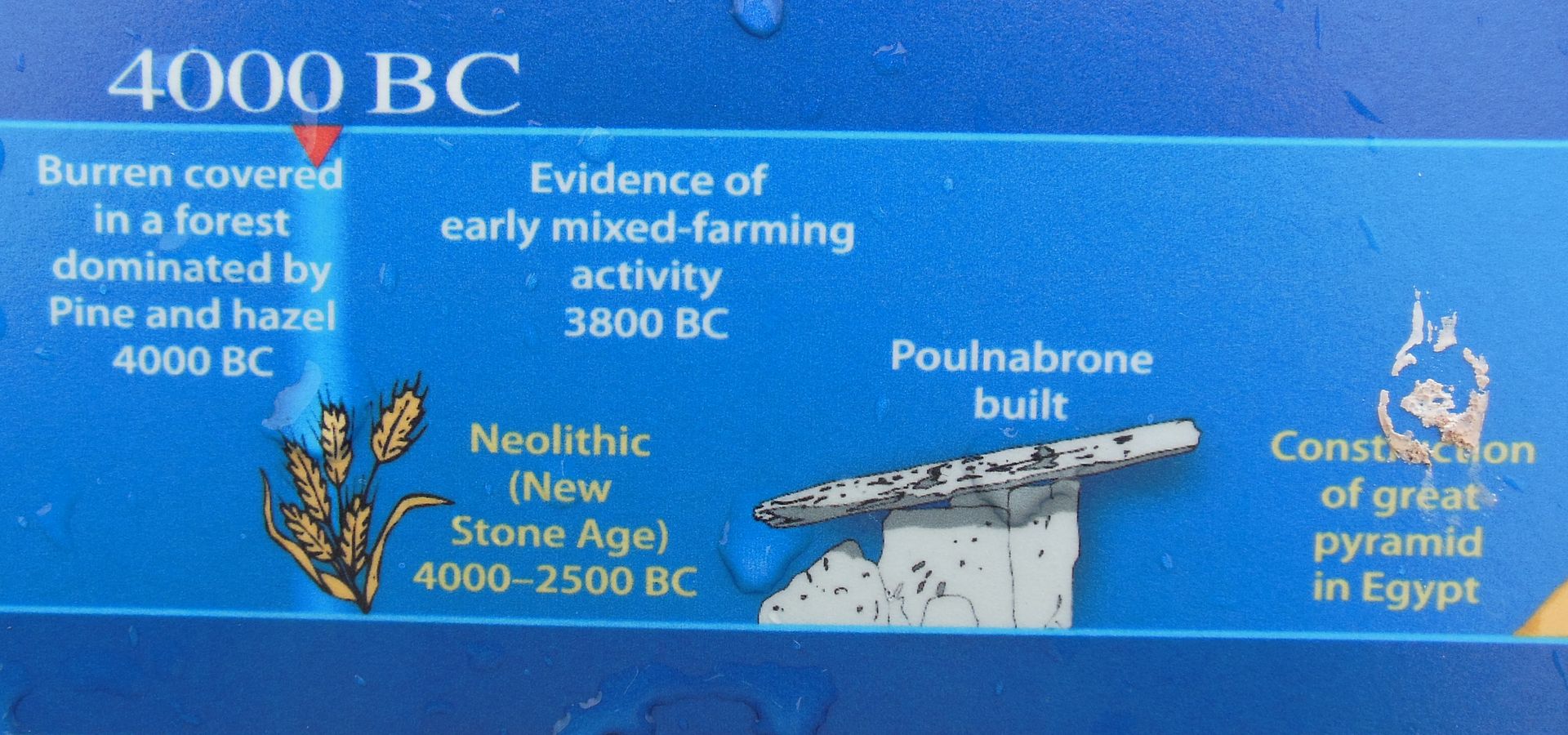
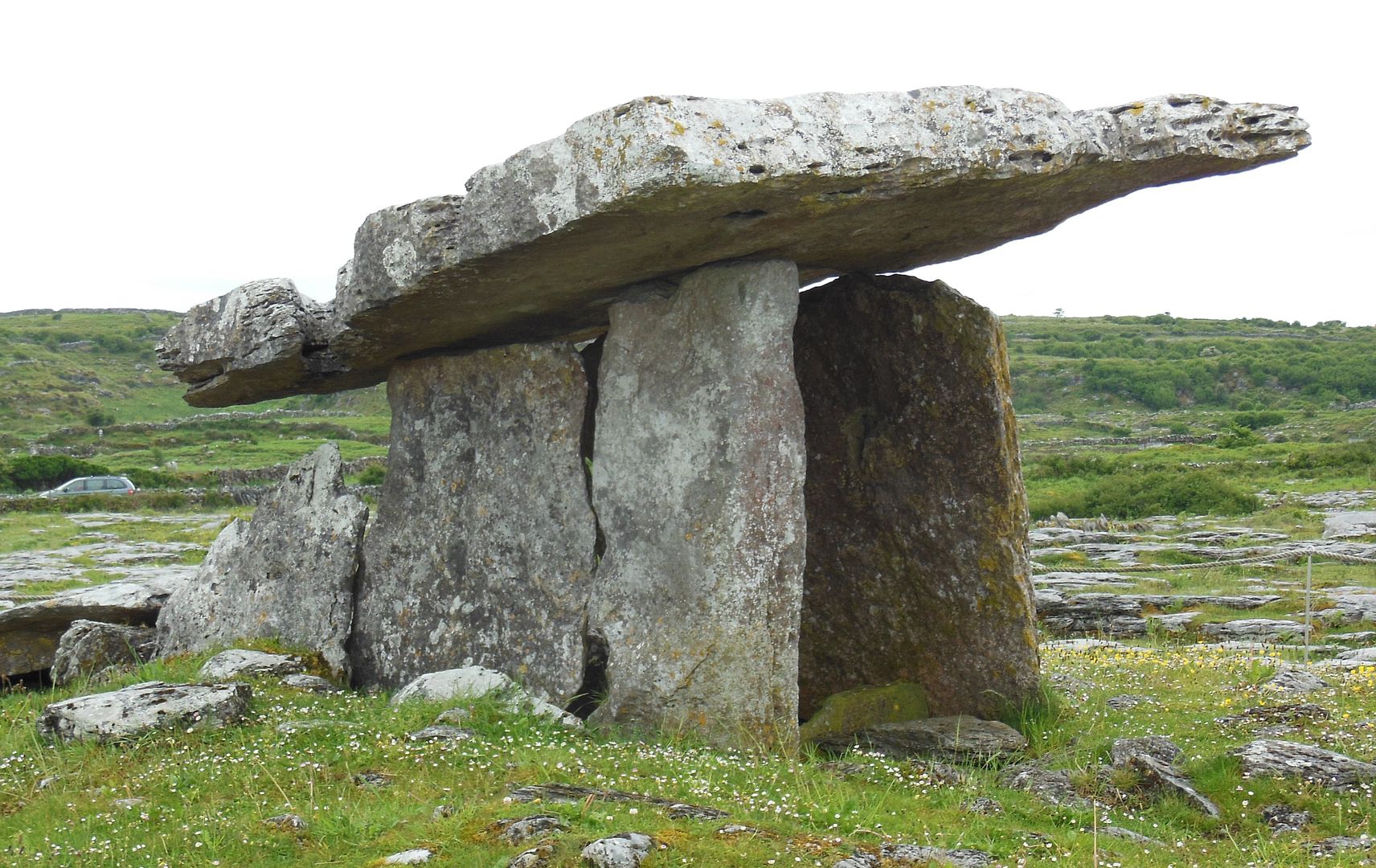
The Poulnabrone Dolmen marks the burial for about 33 people, including at least six children. Radiocarbon dates suggest that the tomb was used between 3800 BCE and 3200 BCE. This portal tomb is situated in a karst limestone plateau, 150 meters (almost 500 ft.) above sea level. The investment of labor in constructing the Poulnabrone Dolmen and its continued use over a long period of time, suggest to archaeologists that the tomb was a powerful symbol for the community.

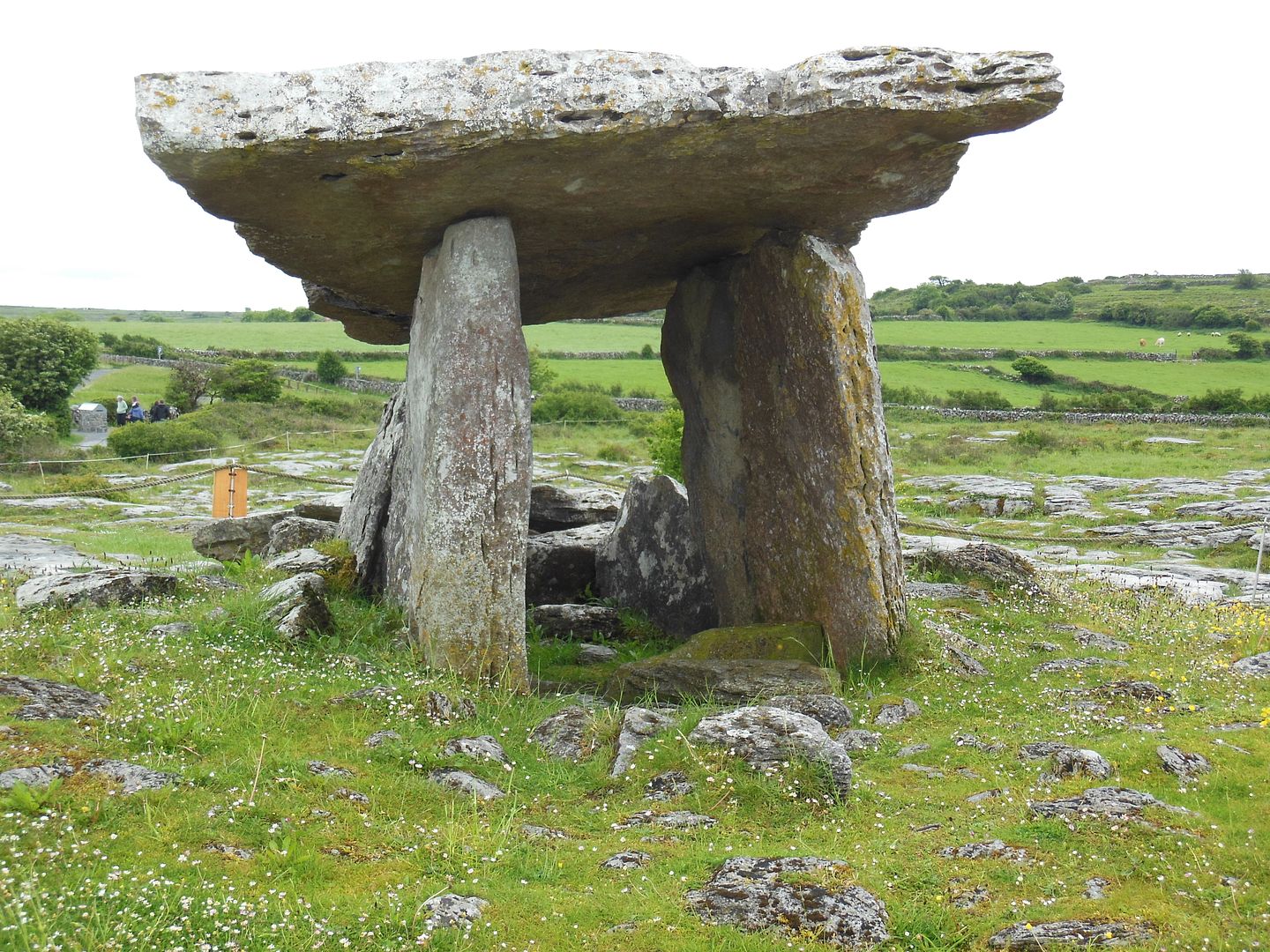
The tomb was constructed with two tall portal stones flanking the entrance to a rectangular stone-lined chamber. A single large capstone, weighing about 1.5 tons, covers the chamber. A low oval-shaped cairn of loose stone surrounds the tomb and helped to stabilize the chamber. The dramatic tomb structure was designed to be the main visual focus of the site.
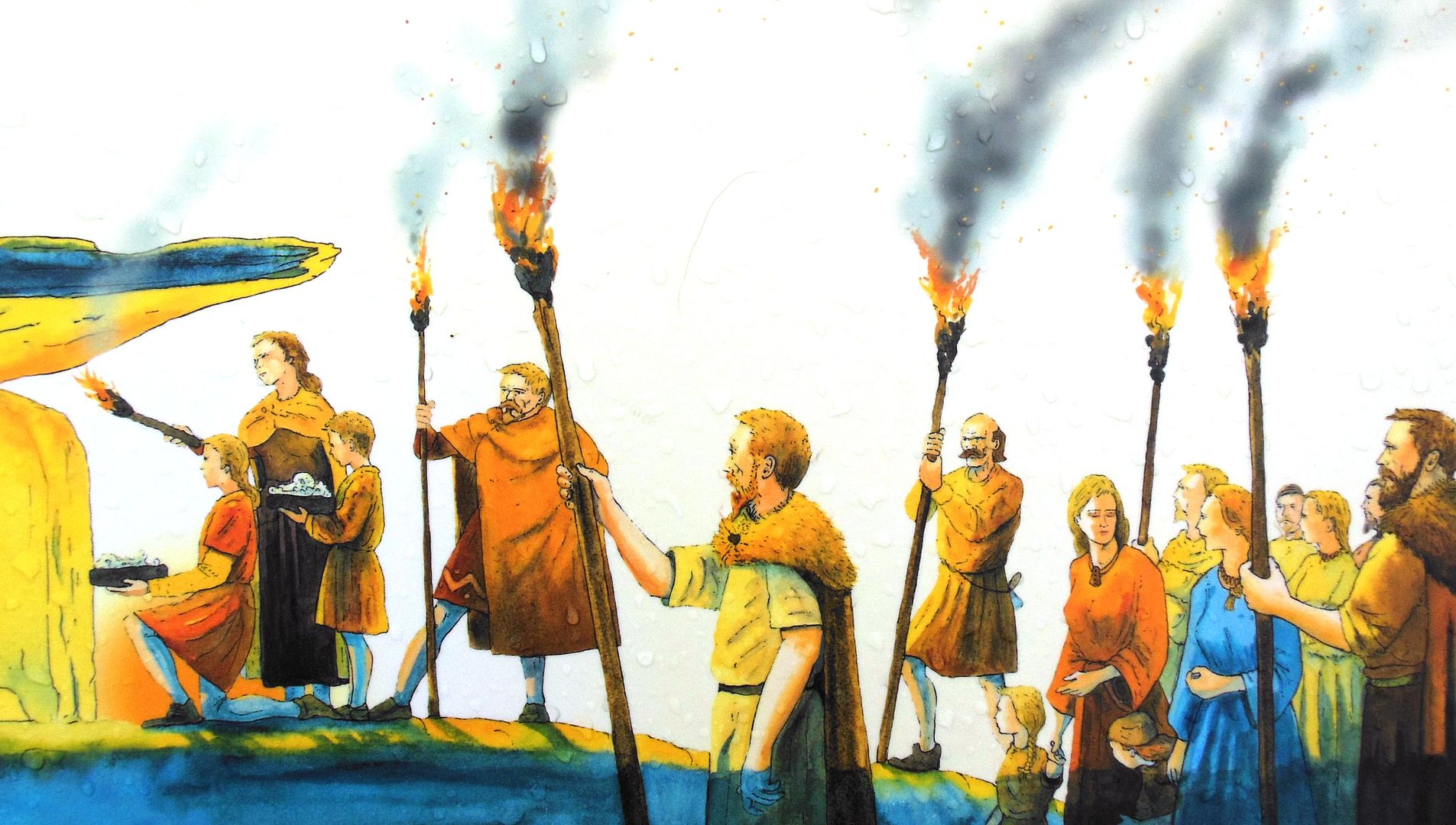
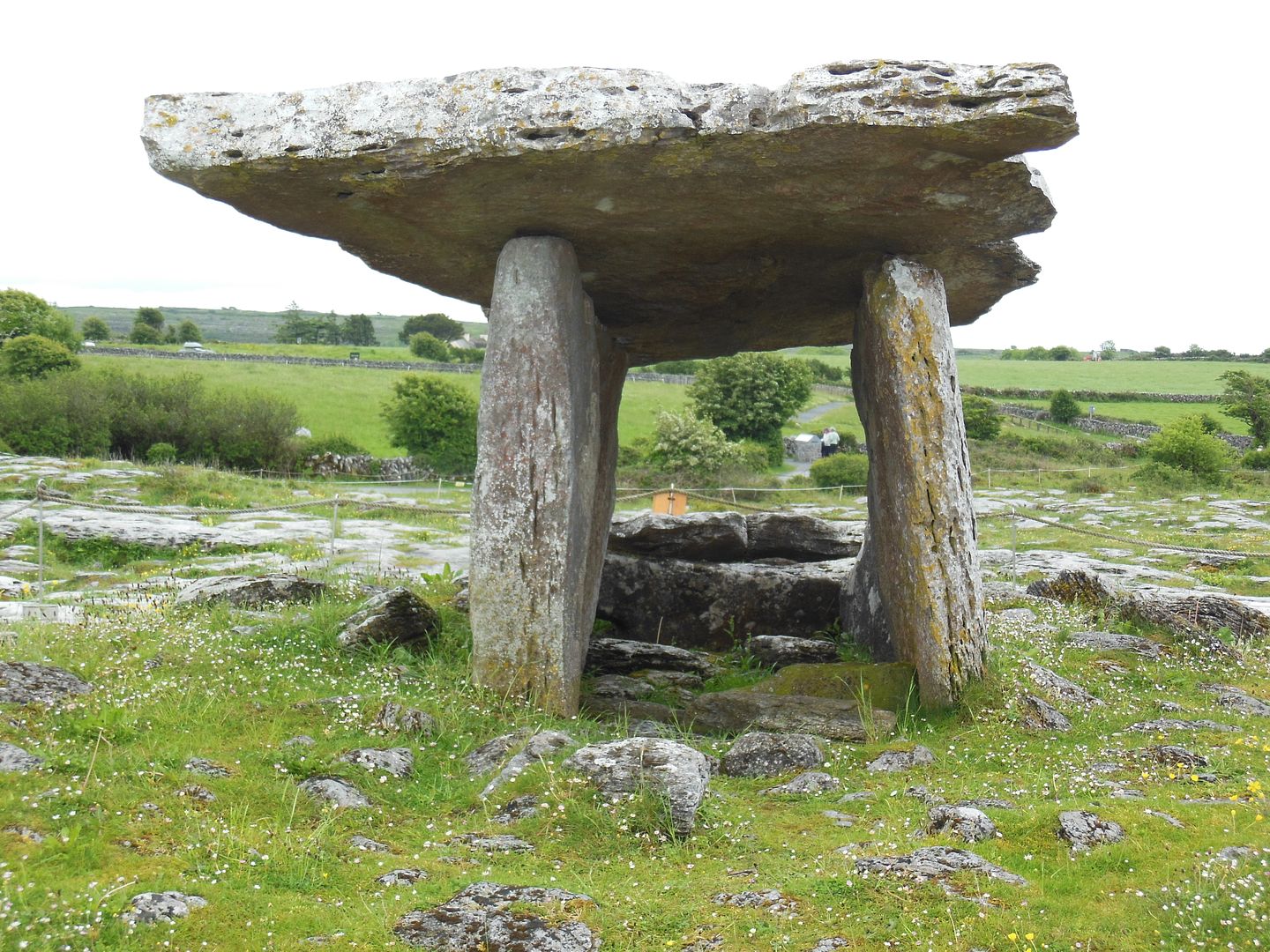
Archaeological excavation at the Poulnabrone Dolmen site was carried out between 1986 and 1988. These excavations found that at least 33 individuals had been buried in the chamber. The individuals included both males and females and infants and children as well as adults. The archaeological evidence shows that the tomb was used for secondary burials—that is, the bodies were initially buried or allow to decompose elsewhere before being transferred to this tomb.
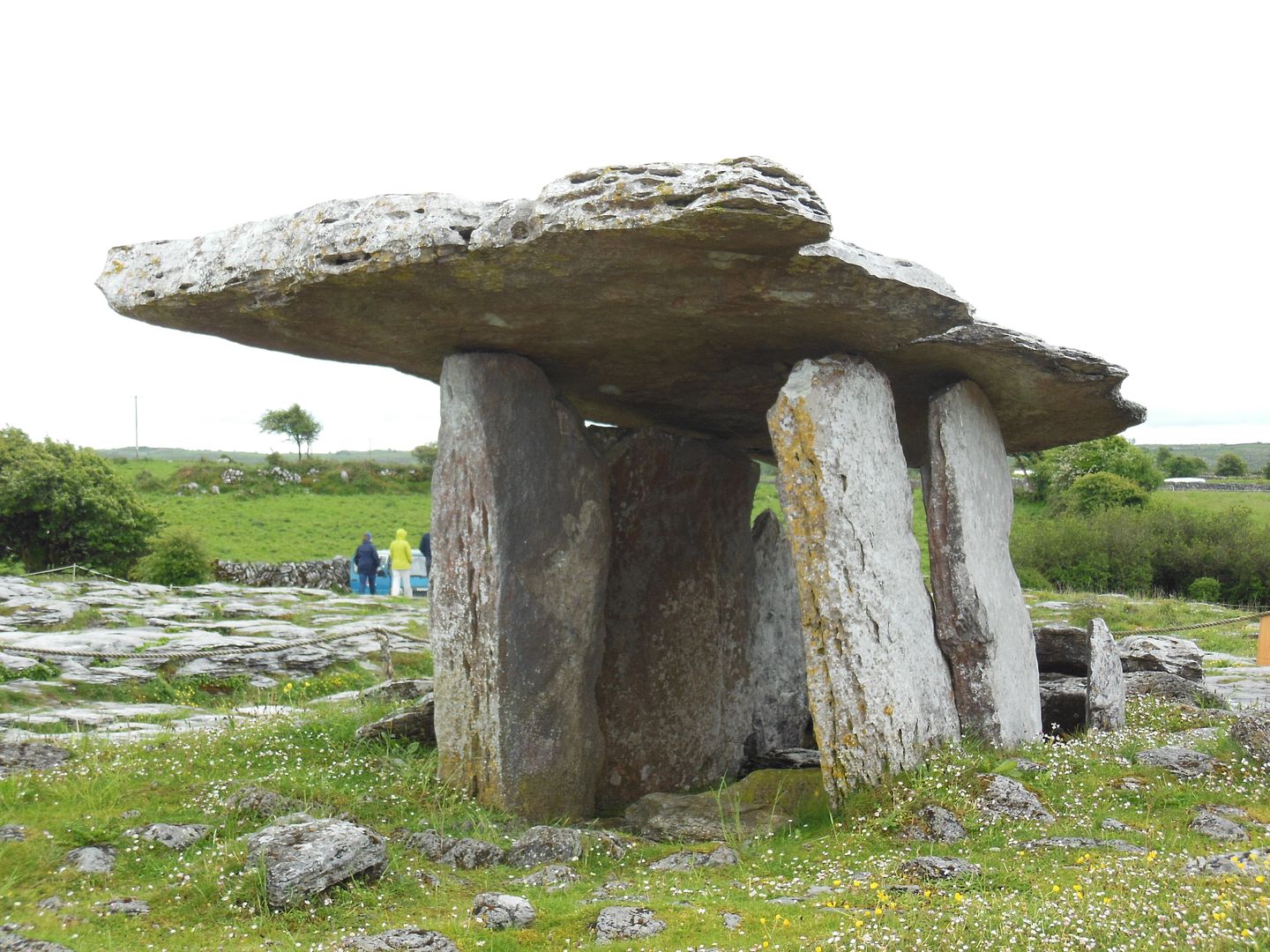
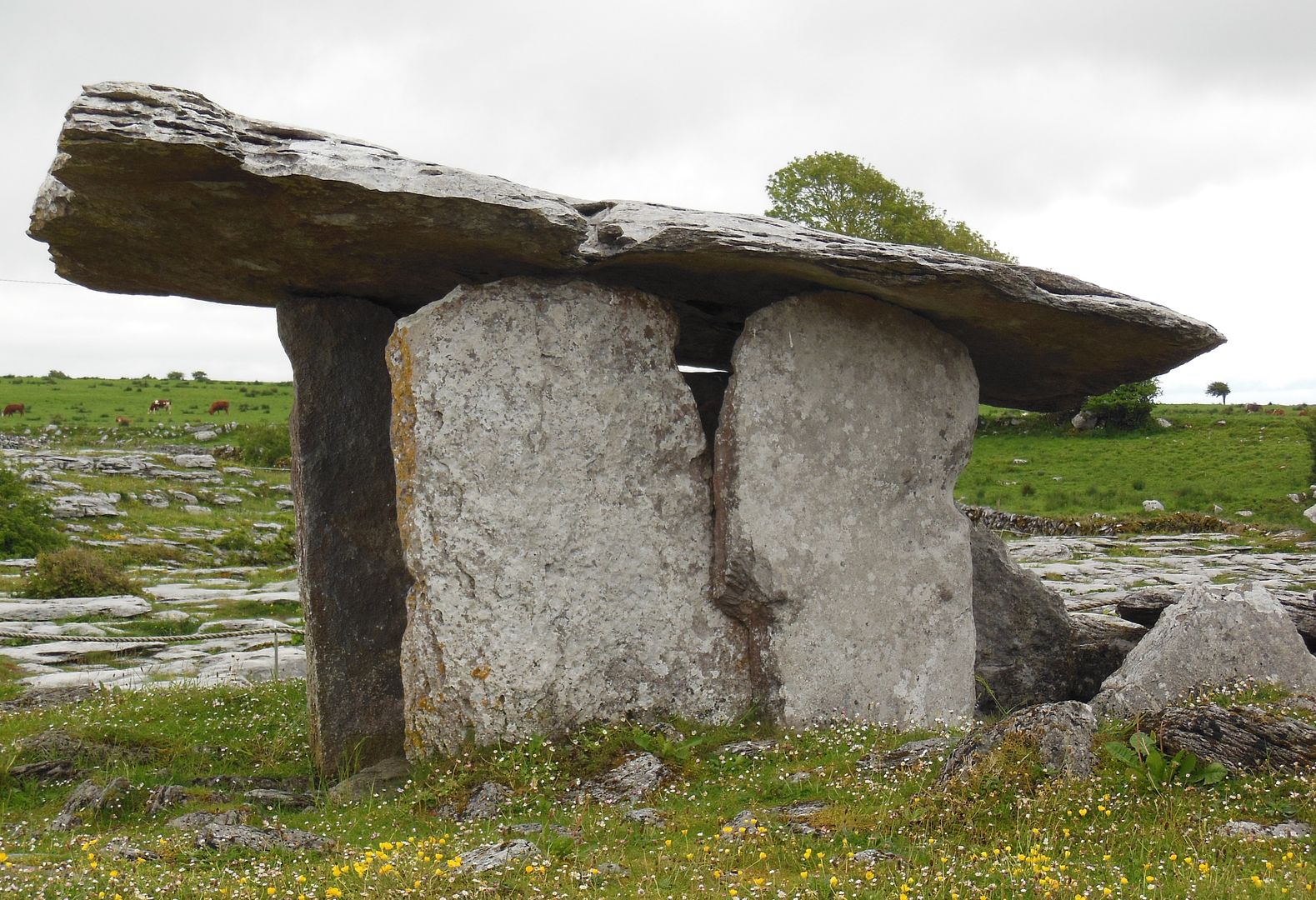

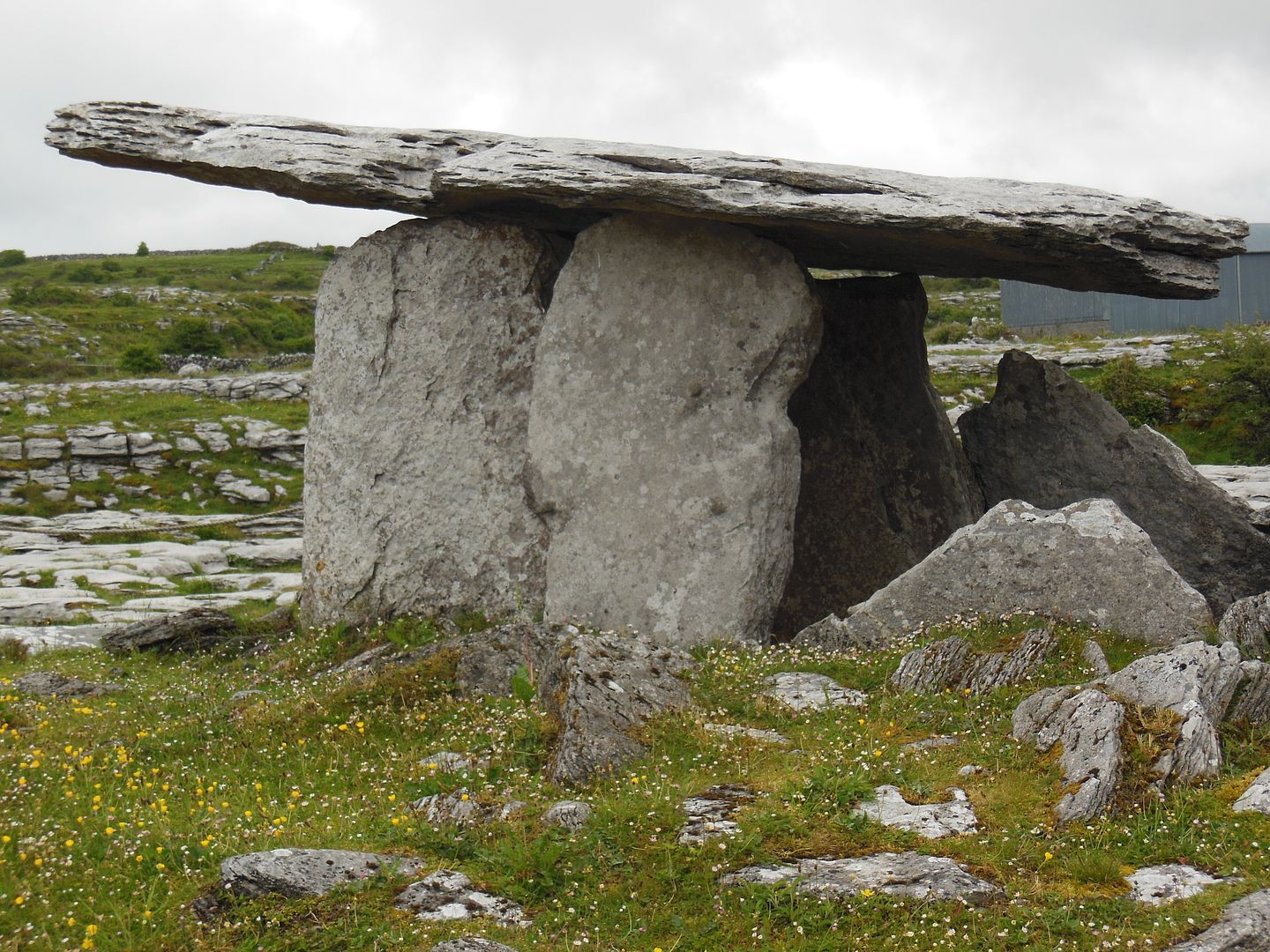
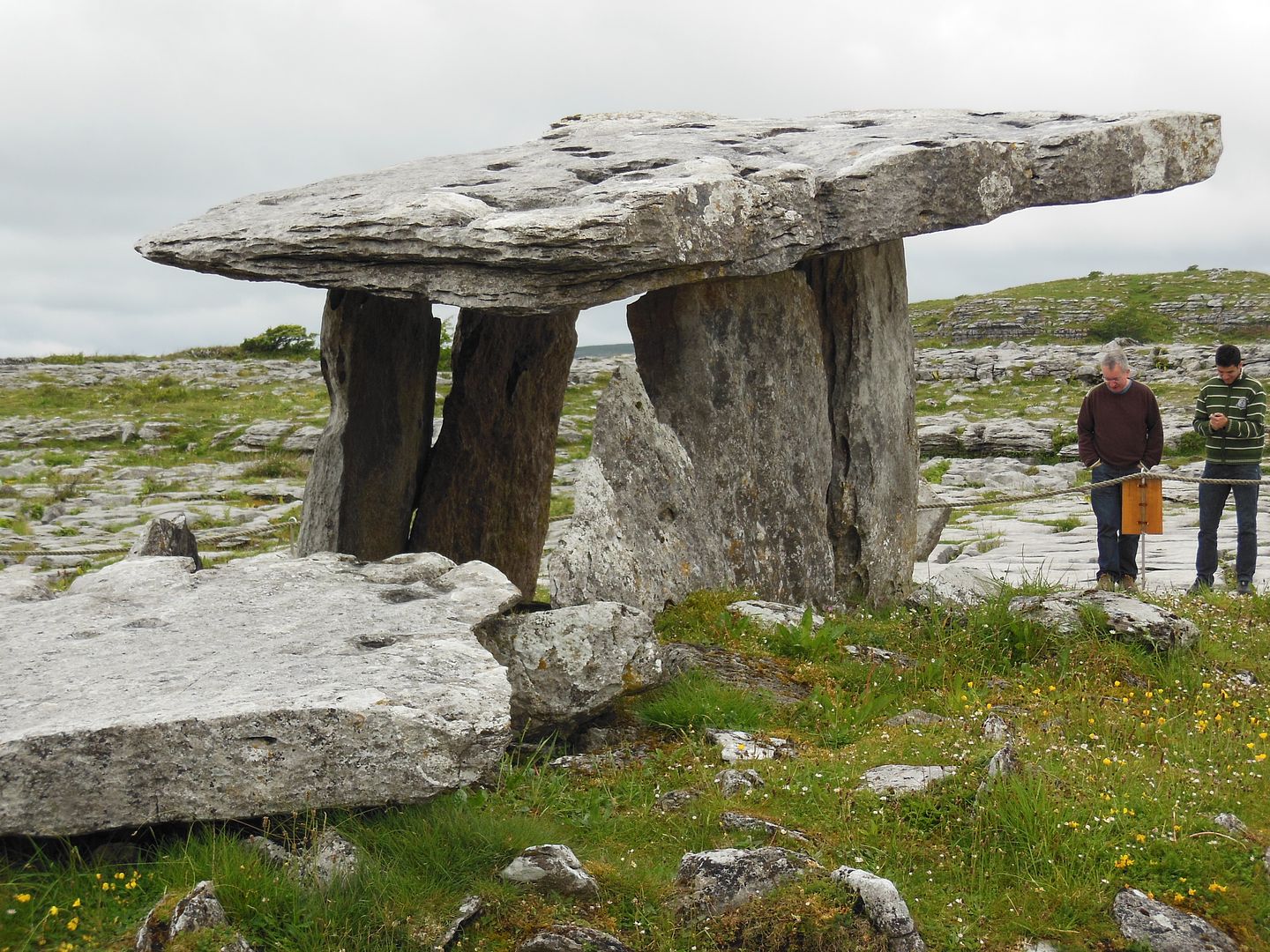
The personal possessions which were buried with the dead included a polished stone axe, a decorated bone pendant, stone beads, quartz crystals, chert and flint weapons and implements. Drawings of these artifacts are shown below.
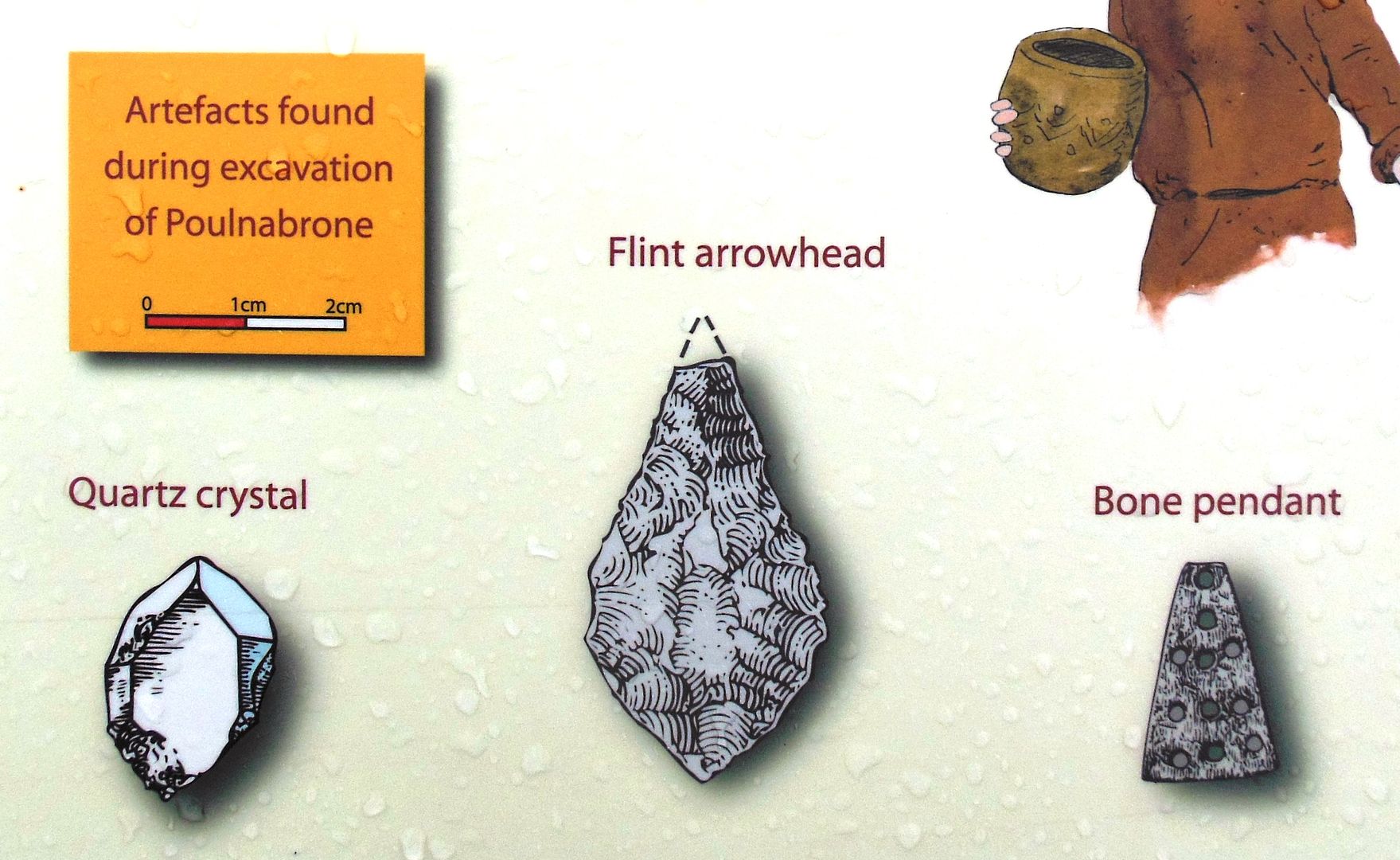
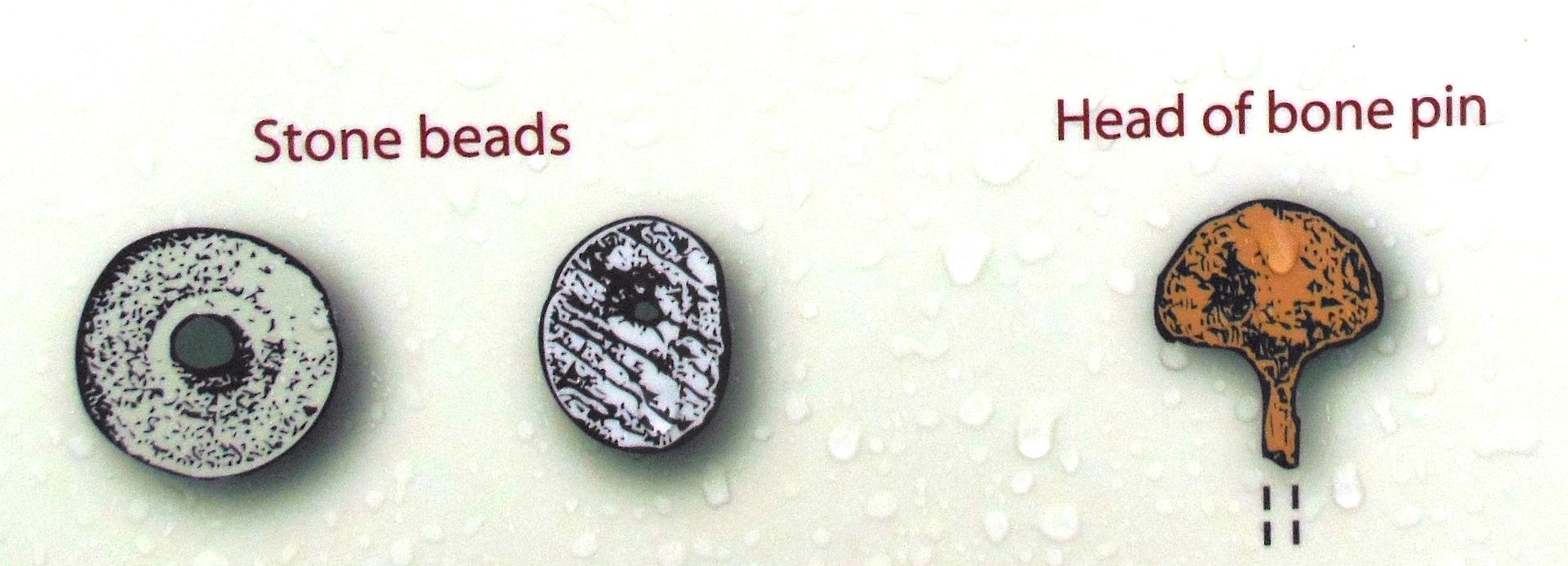
At the time the Poulnabrone Dolmen was constructed the landscape was very different than it is today. There were open pine forests with some elm and hazel and there were limited areas of open grassland. Much of today’s barren terrain is the result of extensive soil loss in later prehistoric times.
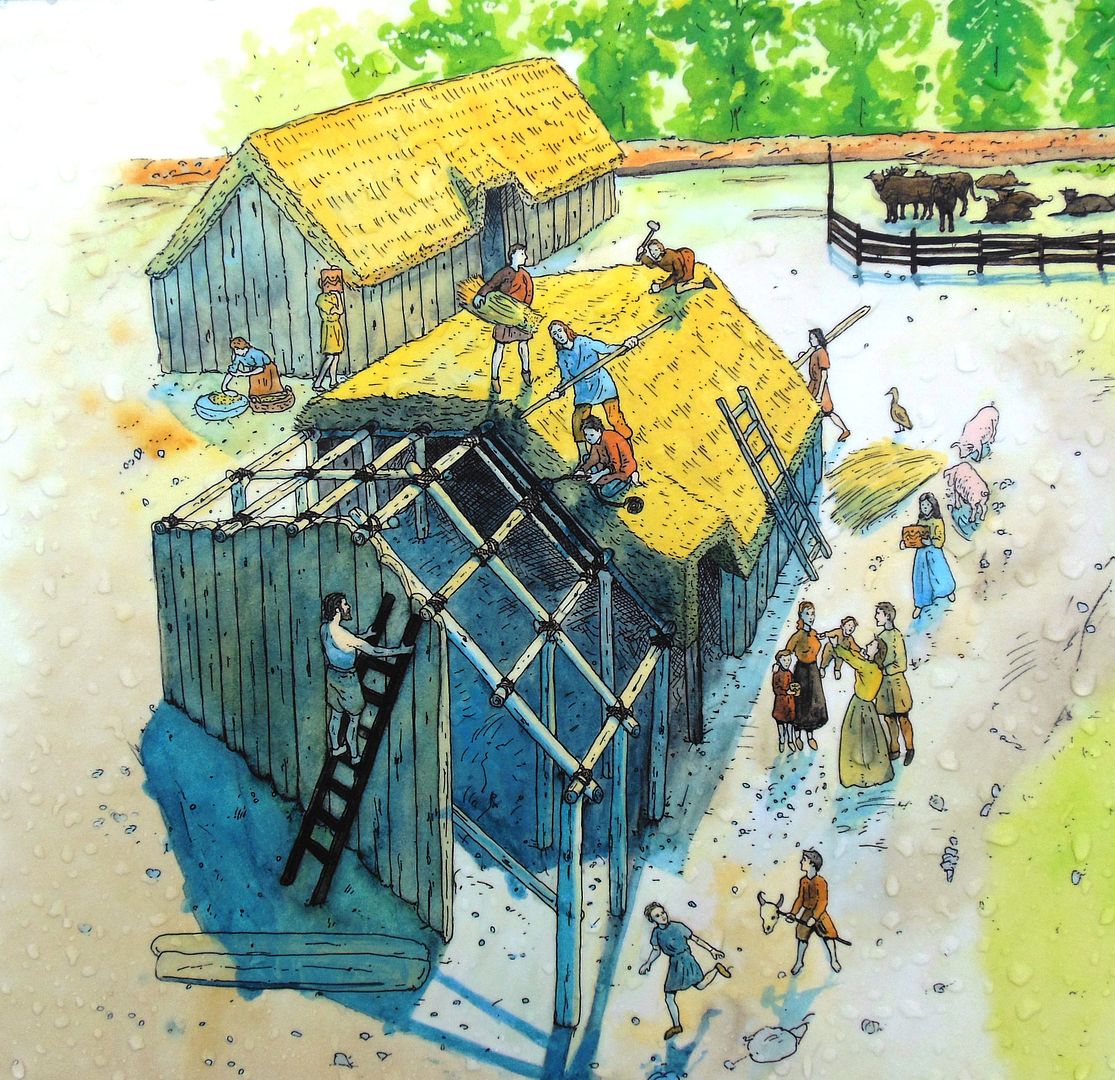
The early farmers lived in rectangular wooden houses (see artist’s concept shown above). Their subsistence economy was based on raising crops (wheat and barley) and raising domesticated animals, primarily cattle. Hunting, fishing, and bird hunting were also important subsistence activities.
Open Thread
This is an open thread—all topics are welcome.